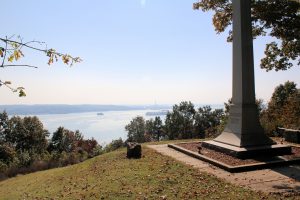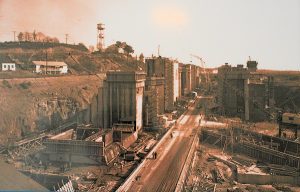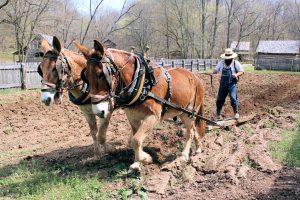Features that don’t quite fit anywhere else on our site, but definitely deserve recognition is what Terts & Quats is all about. The phrase derives from tertiary features (Terts) and fourth-importance (quaternary or “Quats”) articles found in publications. Here, it’s just “everything else” and is just as good as the other stuff on Four Rivers Explorer.
Written by Lindsey Harlan and Sara Rashid, this article originally appeared on Explore Kentucky Lake’s Explorations in October 2010.
In small towns, stories spread like wildfire, and when those stories carry a wicked or spooky twist, it is not shocking that those creepy tales become legends. Our corner of the world is no different. While we like to think of our area as a little slice of paradise, with all the Native American and Civil War history in this region, not to mention the unpopular relocation of many residents during the creation of Land Between The Lakes, it is no surprise that a few eye-brow raising stories have been spun over the years. If you add to these historical events the legend of the Beast of LBL, the Phantom Trucker, the “Vampire Hotel” and the countless cemeteries tucked within these hills, LBL can become a haven for the creepy and weird.
(more…)

The view of Kentucky Lake from Pilot Knob
We set out for an exciting exploration of an area we had not had many opportunities to investigate: Camden, Tenn. We had heard that there was a wonderful place to view Kentucky Lake at an overlook called Pilot Knob. Obviously, this was right up our alley. What we didn’t know was that the Tennessee River Folklife Center was located nearby.
(more…)

Construction of the lock at Kentucky Dam. Source TVA.
It’s always interesting to see local historical photos of Kentucky Lake before its creation. These are no exception. Some of these are from the Kentucky Dam Visitor’s Center while others have unknown origins.
(more…)
Visitors to Land Between The Lakes can take a step back in time to an era before virtually any modern amenity. The Homeplace 1850s Working Farm and Living History Museum features an active farm with period buildings, tools, animals, and interpreters dressed in attire of the 1850s.
(more…)




